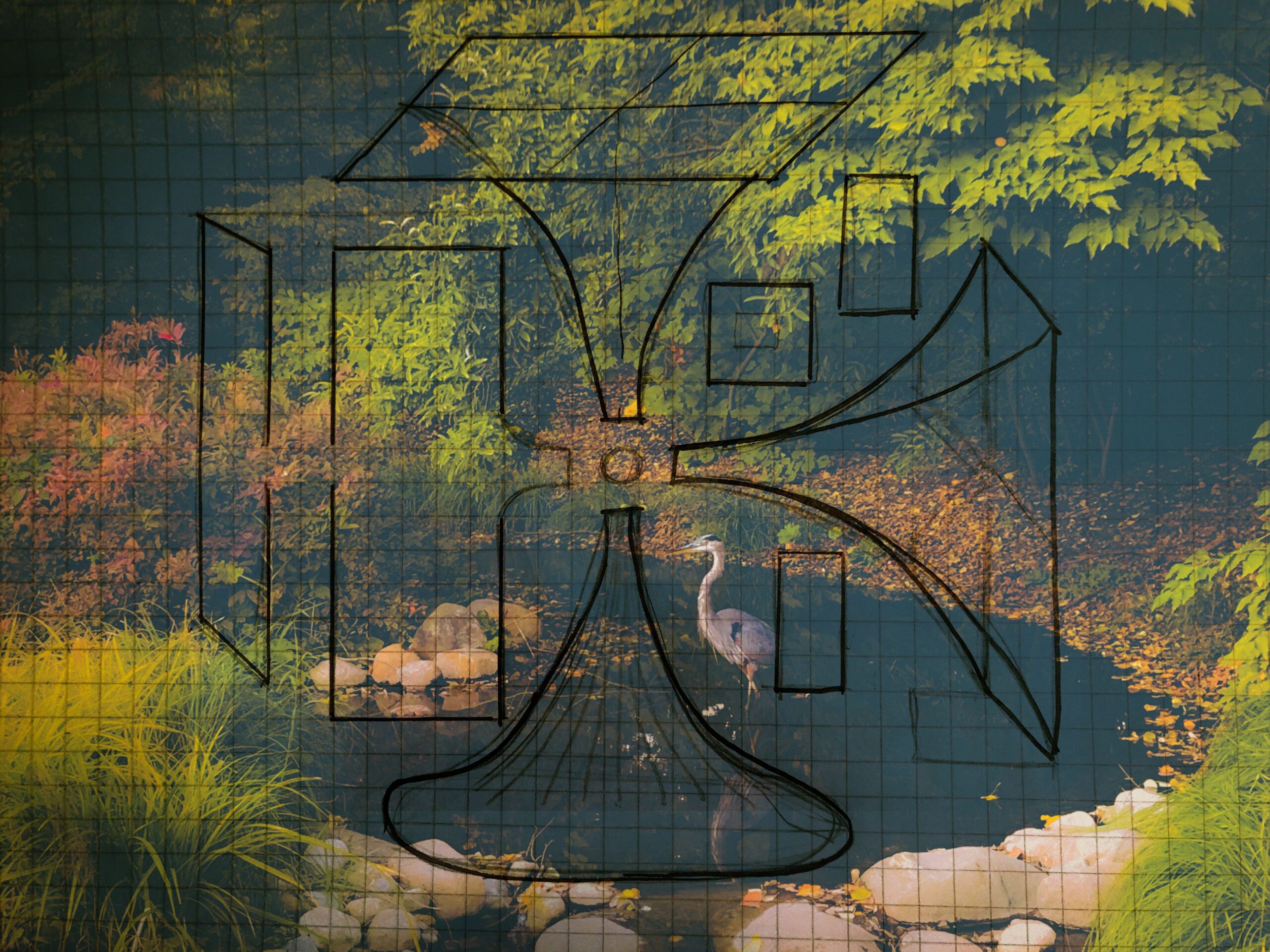We are acutely aware of the history of dominant science and technology as emergent from oppressive systems and extractive practices. Thus, we see an even greater urgency to suss out modes of engagement with technologies that are not rooted in oppression and extraction, not used as instruments of surveillance and conquest. We seek to turn to technologies that work in the service of identifying, preventing, and undoing harm and seeking deeper healing.
To reach this goal, we are pointing out two objectives:
- Opening up the definitions and uses of technologies to understand how every person comes into the room with a set of tools that are needed to work against the climate catastrophe
- Honing these tools and add to them technologies that have proven to work in the service of collective/collaborative work to identify, alarm against, and prevent the effects of the climate catastrophe by collecting data in ways that go with the patterns of the natural world on the planet.
Through the formulation of these protocols, we are going to expand on the sense of an interconnection with the world around us and how our bodies are in relationship with the elements of the planet. With accelerated pollution of our environment, it becomes harder for our senses to identify more nuanced factors. The effects of polluted water sources, aerosoles, and gasses in the air build up and unfold their toxic, health-jeopardizing effects only gradually. Wildfires, micro particles in the water, dust and sand storms, are disruptive and destructive responses to disruption and destruction. Beyond the immediate damage they create that can be readily identified and mitigated, these catastrophes create slow, long-lasting health effects that might be only noticed when it is much too late. Against this backdrop, we are turning toward technologies that deepen and sharpen our senses, and help create a deeper, sharper gaze by employing many eyes, ears, noses, and lungs, through community research and science that allows for a more holistic look at environmental change and catastrophe, both in the midst and the aftermath of it. We point to technologies that can function to indicate/can safeguard us, as early warning signals that can empower us to tell more powerful stories and hold the ones in power accountable for their in/action in response to climate change. Environmental sensing and data tracking is quickly growing as community technology as it becomes more affordable, smaller, and easy to deploy on a hyperlocal scale. This allows for a clear view on how certain communities are more impacted by environmental hazards and foreground the ways in which communities can create and monitor their own data.
Relations as technologies:
I am thinking about relations as arms, legs, pieces of a digestive system, eyes, ears, skin, fingertips – my relationships allow me to see more, sense more, hear more, notice more, tap into different places, energies, and assemble different perspectives. I feel like I am closer to the world through the connections with humans and non-humans that have their own relations to the world in their own right. All of my knowledge comes from somewhere, from a context, from the people before me, from the people next to me. Referring to them not only makes my location in the world visible and understandable, through the emphasis of a collaborative practice, I am also countering the idea of a single, universal genius or that anything can be done by oneself. Therefore, I am using relations as mapping tools and bridges: all the connections that make this syllabus/curriculum and informed my work.
Liboiron, 2020









